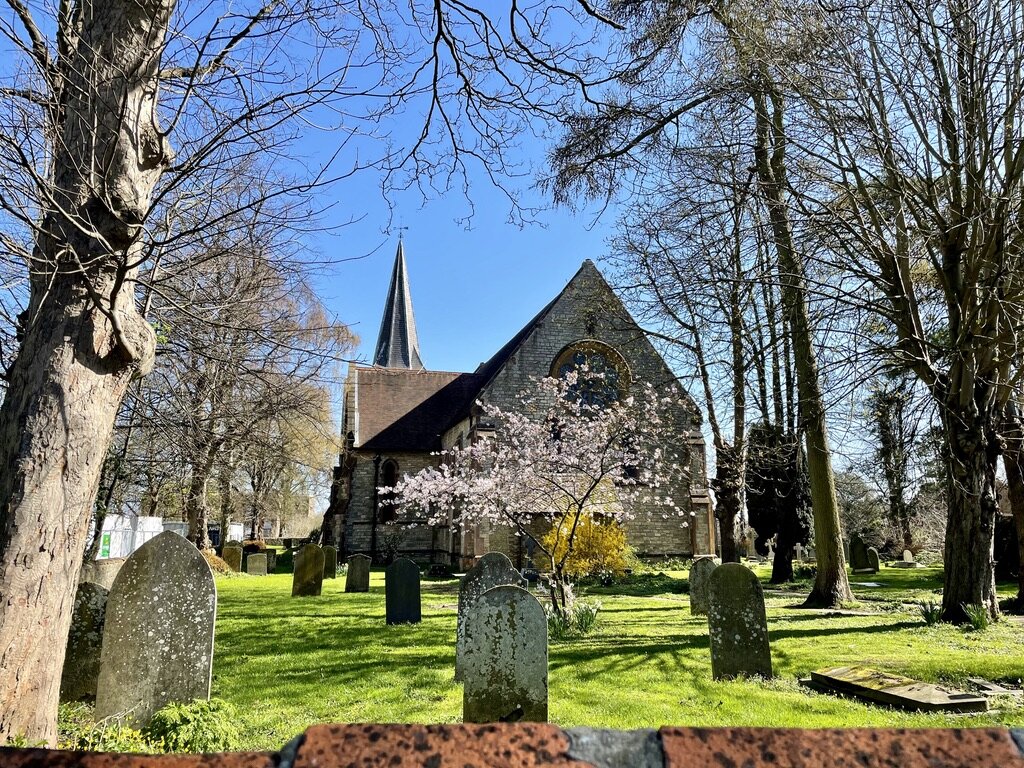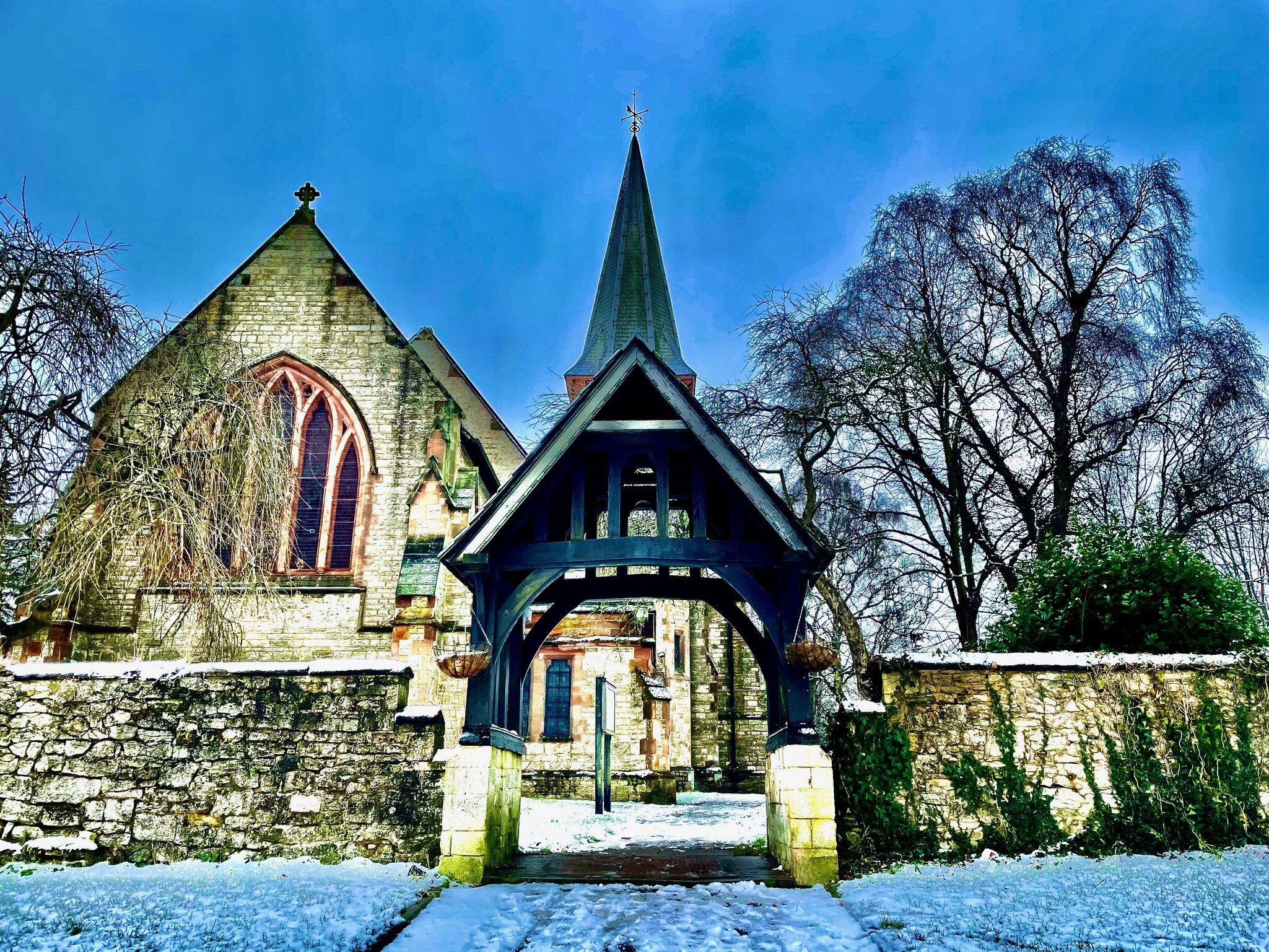
Local History
Holy Trinity
The church of Holy Trinity is the original parish church of the Saxon settlement of Wolverton. It stands on an eminence overlooking the valley of the Ouse, close to the mound of a Norman motte and bailey castle, thrown up by Manno the Breton. The medieval building was replaced by a new church begun in 1809 and finished in 1815, which incorporates the 14th-century central tower of the old church, re-cased in new masonry as a west tower. A Warwickshire sandstone from Attleborough was used for the new stonework, conveyed to site by the recently opened Grand Junction Canal, a field to the east of the church. The tower houses a fine ring of 6 bells by Briant of Hertford, cast in 1820. The rebuilding of the church was undertaken by the Radcliffe Trust, principal landowner in the parish, Lord of the Manor and Patron of the Living since 1713.
The rebuilt church was one of the first in Britain to be designed in a historical style; in this case, the Norman or Romanesque style, probably influenced by Wolverton’s important Norman past, when it was the seat of one of the Conqueror’s barons, Manno the Breton. It is the earliest church built in that style in the country.
St George’s
St George’s was built in 1843 as the District Church of St George the Martyr, Wolverton Station. It owes its existence to the London and Birmingham Railway Company, which opened the world’s first trunk railway in 1838, and its decision to site the important midway station and railway works in the parish of Wolverton. The church was built to provide a place of worship for the inhabitants of the new company town and was paid for by the railway company, with the help of the Radcliffe Trust. It is the world’s first railway town church.

Stay Connected with Your Community
Never miss out on events, updates, and important announcements from St. George’s and Holy Trinity churches. Subscribe to our InTouch newsletter for direct updates delivered to your inbox! Stay informed, stay involved.













